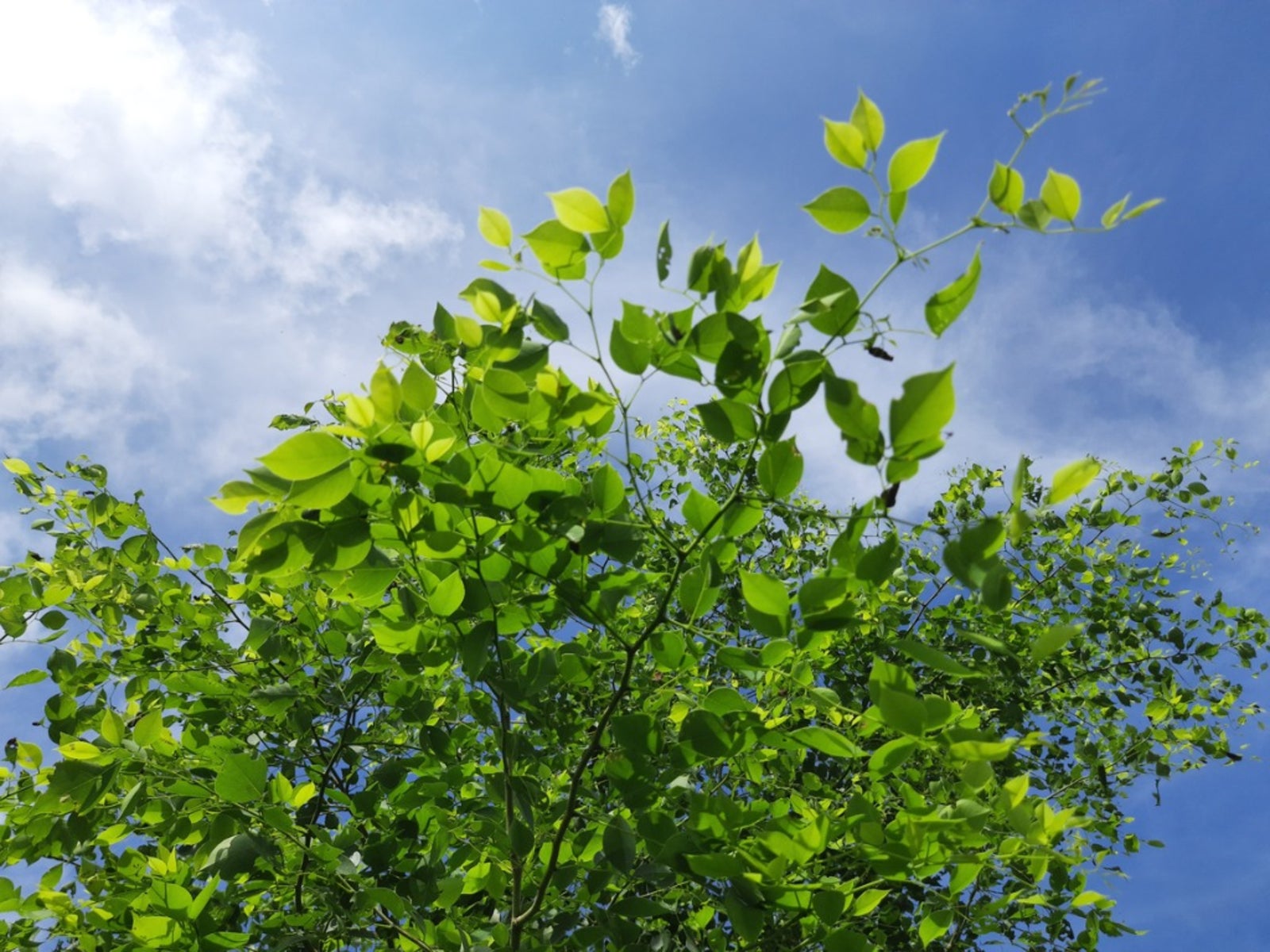Dalbergia Sissoo Information – Learn About Indian Rosewood Trees


What is Indian rosewood? Yes, it’s that prized cabinet wood used to make fine furniture, but it’s also a very handsome shade tree with a fragrance that will turn your backyard into a sensory delight. If you are thinking of growing an Indian rosewood (Dalbergia sissoo), you’ll need to learn in advance the requirements for Indian rosewood care. Read on for other Dalbergia sissoo information and tips about inviting Indian rosewood trees into your garden.
What is Indian Rosewood?
Before you decide to plant Indian rosewood trees, you might ask: what is Indian rosewood? It’s a tree native to the Indian subcontinent. Its scientific name is Dalbergia sissoo, and it’s rich in common names too, including Dalbergia, Himalaya raintree, and penny leaf tree. Dalbergia sissoo information tells us that rosewoods are attractive deciduous trees growing vigorously to some 60 feet (20 m.) tall and 40 feet (12 m.) wide. They do best in USDA hardiness zones 10 and 11 but can also be grown in zone 9 after establishment.
Growing an Indian Rosewood
Why grow an Indian rosewood tree? Many gardeners appreciate the rosewood trees for their powerful fragrance. The trees fill with tiny flowers in the springtime, inconspicuous in appearance but bearing a very strong, sweet fragrance. The flowers are followed by interesting pods; slender, flat, and brown. The wood is prized for making fine furniture.
Indian Rosewood Care
If you start growing an Indian rosewood, you’ll find that the trees are not high maintenance. Indian rosewood care won’t take too much of your time. In fact, Dalbergia sissoo information notes that rosewood trees grow so readily that they are considered invasive in some parts of Florida. Plant Indian rosewood trees in a full sun area or under high shade. These trees tolerate a vast range of soil types, from very dry to very wet. Provide your tree with adequate irrigation when you plant it and keep it up until the roots are well established. Prune the tree into a well-formed, single leader tree. The wood is known to be brittle, so prune out branches with tight branch crotches to prevent them from breaking off down the road and injuring the tree.
Sign up for the Gardening Know How newsletter today and receive a free copy of our e-book "How to Grow Delicious Tomatoes".

Teo Spengler is a master gardener and a docent at the San Francisco Botanical Garden, where she hosts public tours. She has studied horticulture and written about nature, trees, plants, and gardening for more than two decades, following a career as an attorney and legal writer. Her extended family includes some 30 houseplants and hundreds of outdoor plants, including 250 trees, which are her main passion. Spengler currently splits her life between San Francisco and the French Basque Country, though she was raised in Alaska, giving her experience of gardening in a range of climates.